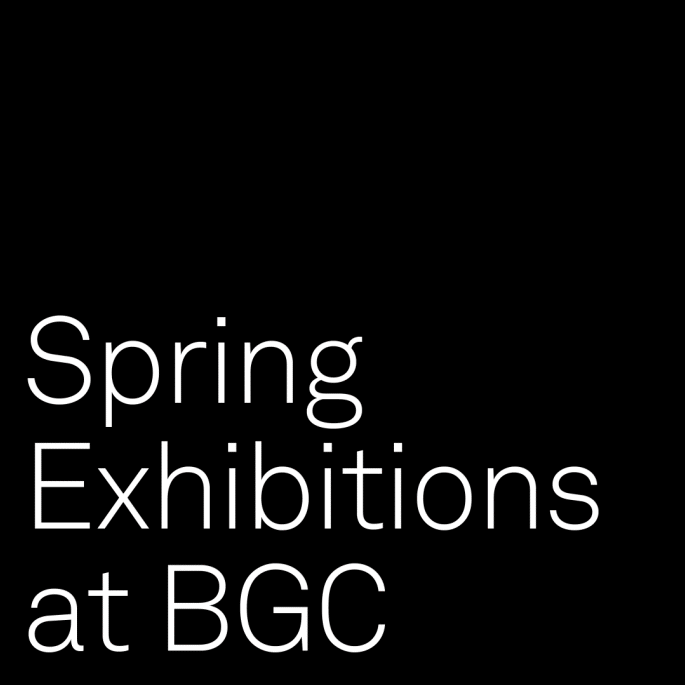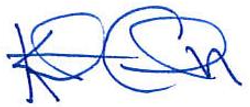|
|

|
|
|
|
Dear Prospective Students,
At BGC, curatorial thinking is explored through our Focus Projects. These faculty-curated exhibitions begin as classes and give students the opportunity to work through the conception of an exhibition and often experience its installation. Staging the Table, on the material culture of dining in early modern Europe, curated by Professor Deborah Krohn, and Shaped by the Loom, on indigenous textiles of the American Southwest, curated by Hadley Jensen, a recent postdoctoral fellow who also completed her PhD here in 2018, are both examples of this initiative.
I asked two students who participated in Deborah and Hadley’s courses to reflect on that experience now that the shows have opened to the public. Read below for their accounts and please do come see these exhibitions if you are in New York City! A code for complimentary access is at the bottom.
I’d also like to remind you we have two more Tuesday Tours this spring, March 14 and April 4, which are a great opportunity to experience student life at BGC and include tours of these exhibits.
All good wishes, Keith Condon Keith Condon
Director of Admissions and Student Affairs
keith.condon@bgc.bard.edu

Shaped by the Loom
Rachael Schwabe (MA ’20)
I had the pleasure of being Hadley Jensen’s student in her Focus Project course, “Interlaced Traditions—Indigenous Textiles of the American Southwest” in the spring of 2020, during my last semester at BGC. In the early months of the year, we visited the American Museum of Natural History’s textile collection to pore over several of the dazzling blankets on Hadley’s checklist. It was during these material explorations that we grasped terms like “sectional weaving” by looking closely at weave structures for evidence of the maker’s process. When our classes resumed online after spring break (and we collectively acclimated to the world of Zoom) her checklist felt like something to cling on to. It has been invaluable to watch Hadley’s curatorial practice in this class and from afar, especially her emphasis on amplifying the voices of contemporary makers and seeing her face the challenge of showing making. I have been excited to attend the programs around the exhibition’s opening and to be reunited with my classmates, the blankets, and our collective work—in particular, the realization of our dinky paper prototype of the exhibition website. It was also a gratifying surprise to see the subjects of my final paper—a Wedge Weave “diyuge” and an Eye Dazzler serape—hung side by side in a section dedicated to the weaver’s process. Walking through Shaped by the Loom, I was reminded of core concepts of my scholarship at BGC, which closely aligned with this class: to consider valuing process over object, to find ways to make artistic techniques jump off the page, and to deepen our understanding of the reciprocity between maker and object.

Staging the Table
Bob Hewis (MA ’24)
When I first received the fall 2022 course listing and saw that Deborah Krohn was going to be convening an “In Focus” course on her exhibition, Staging the Table in Europe, 1500–1800, I was over the moon. I was still finishing my BA in History at that time and having taken a course on the material culture of the early modern world in my final year, Deborah’s name had come up time and again whenever we were discussing the material and social worlds of food. You can imagine how excited I was to have the chance to collaborate with her as she brought her research to a public audience. Through astoundingly intricate napkin sculptures, ornate sets of carving knives, and the books which codified and disseminated this craft knowledge, Staging the Table breathes life back into the ephemeral practices of performance and etiquette which transformed the banquet hall into a carefully choreographed feast for the senses. Music, scents, and of course delicious food—all now lost to us—are brought back almost close enough to touch through the material accoutrements which punctuated these performances. During the course, my classmates and I were able to dive into the weird and wonderful world of early modern dining, meeting with curators, scholars, and librarians from institutions across New York City to consult the collections which had fueled Deborah’s research, and which would ultimately form most of the exhibition. I also loved the freedom this exhibition afforded me in pursuing my independent research interests, and it is particularly exciting to see the work I did on various foodstuffs served at the early modern banquet now on display in the galleries as a visual interactive. I can’t wait to see how visitors respond to the exhibition, and I hope they enjoy exploring it as much as I did.

Use code “PROSTUDENT” for free admission
|
|
COPY AND PASTE CODE BELOW TO MAILCHIMP
|